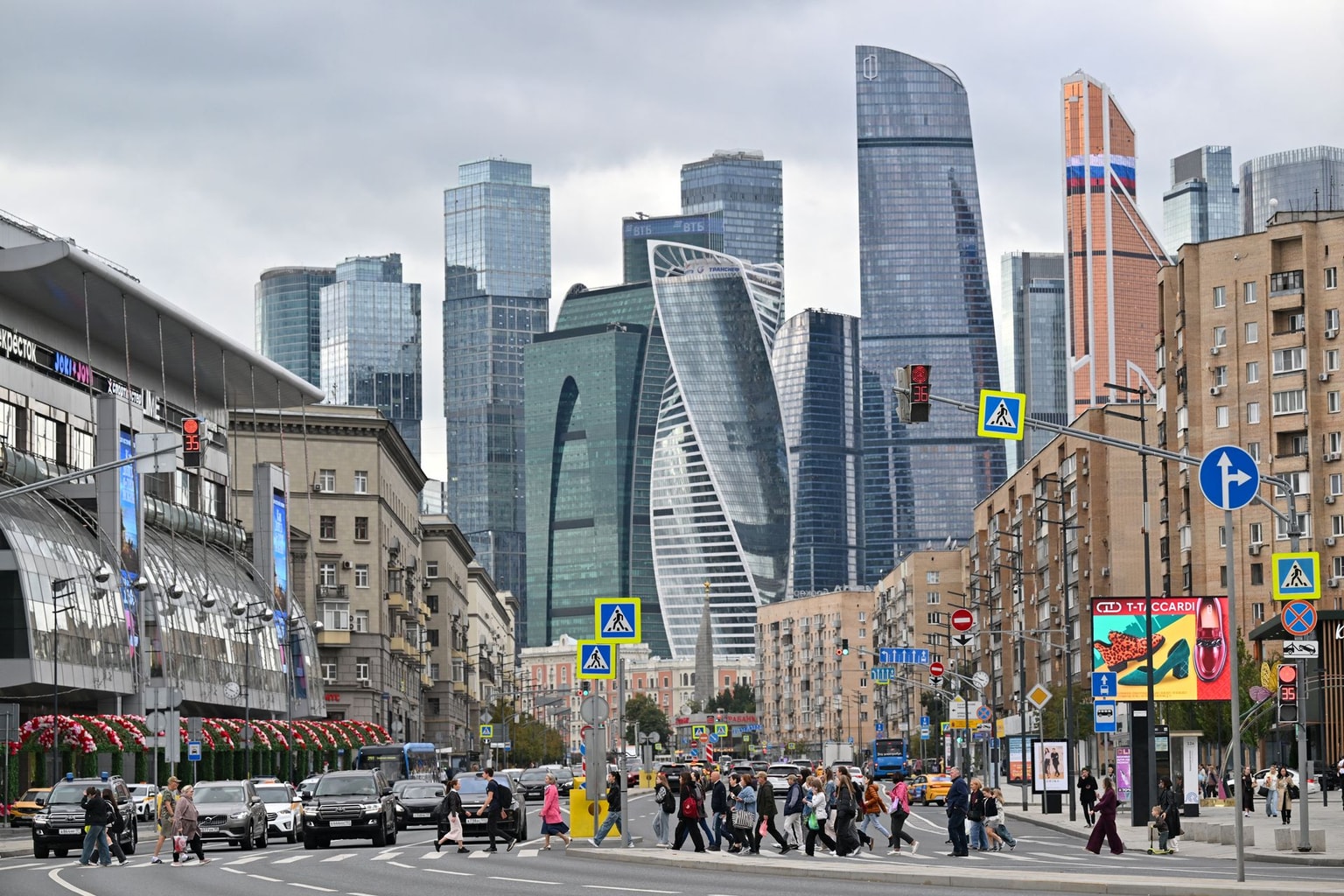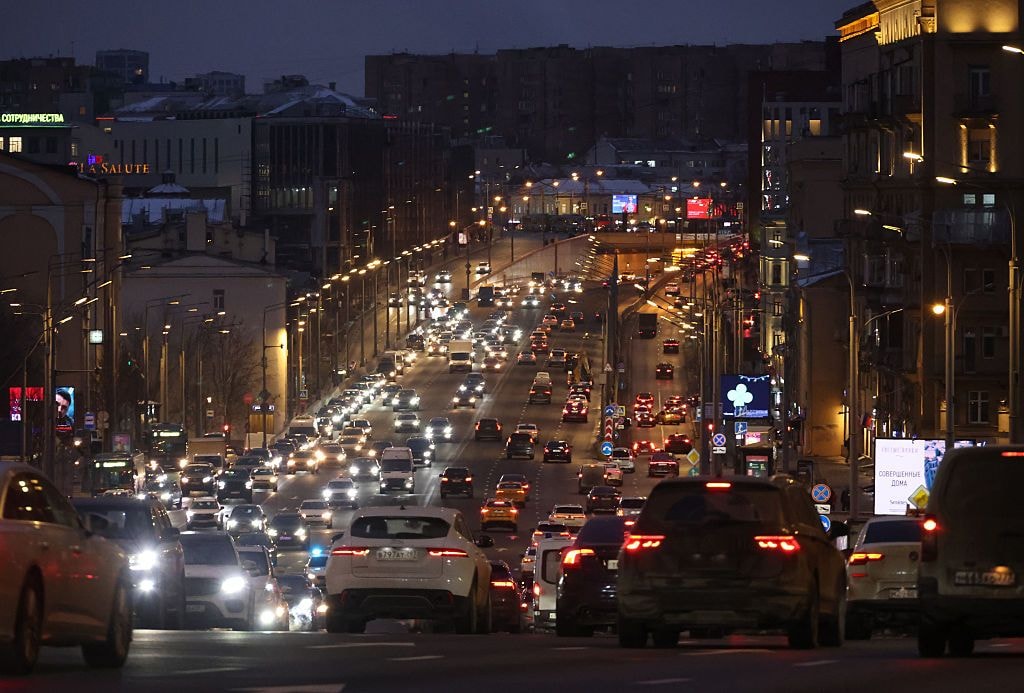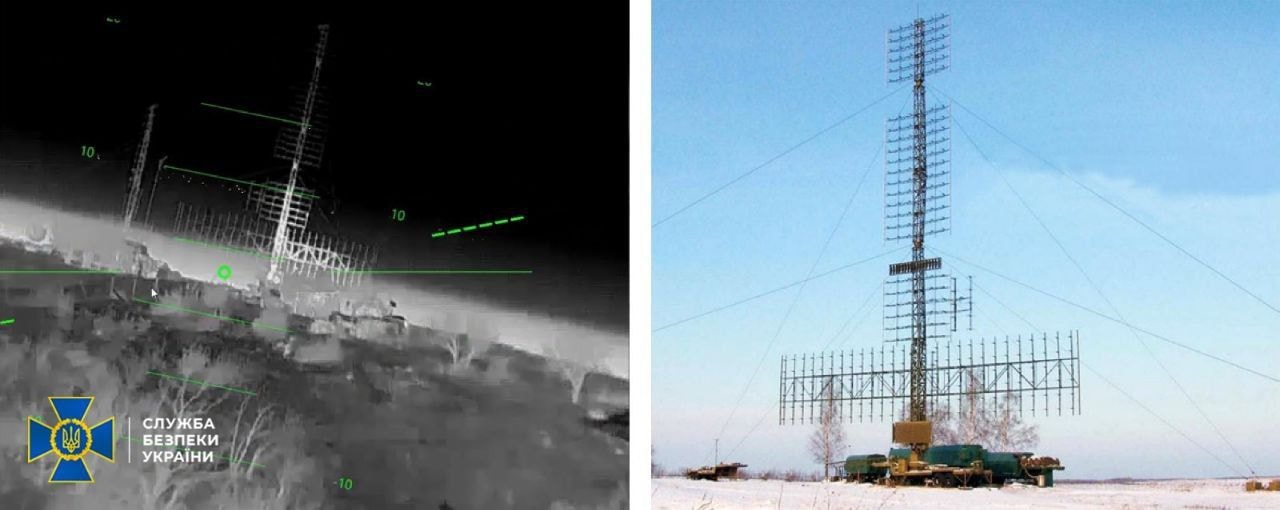Ukraine war latest: Trump to meet with Zelensky, European leaders in Washington on Aug. 18 after US-Russia summit ends without agreement

Key developments on Aug. 16-17:
- Trump, Zelensky to meet in Washington next week after US-Russia summit ends without agreement
- Top European leaders to join Zelensky in Washington for Trump talks
- Putin offers Trump frozen battle lines, written promise not to invade again if Kyiv surrenders Donbas, NYT reports
- 'Negotiation can begin where the front line currently stands' — Zelensky says ahead of meeting with Trump
- Ukraine claims battlefield success in Donetsk Oblast
President Volodymyr Zelensky said he will meet U.S. President Donald Trump in Washington on Aug. 18 to discuss ending Russia's war in Ukraine, following a call between the two leaders on Aug. 16.
The lengthy call comes a day after Trump met Russian President Vladimir Putin at a summit in Alaska, to which Zelensky was not invited. While Trump said he and Putin "made some headway" in peace talks, the summit saw no agreement to end the war in Ukraine.
Zelensky said that Trump invited him to Washington on Aug. 18, where they will discuss "the end of the killings, the end of the war."
"We discussed positive signals from the American side regarding participation in guaranteeing security to Ukraine," he added, stressing the importance of Washington's influence on the peace process.
He also said he supports Trump’s proposal for a trilateral meeting between Ukraine, the U.S., and Russia, noting that the three leaders can cover the "key issues."
In a statement shared later on Telegram, Zelensky said he had told Trump that sanctions against Russia must be tightened if Moscow opts out of a trilateral meeting or if Putin doesn't comply with a just end to the war.
"Sanctions are an effective tool. We need to guarantee a lasting, long-term security with the participation of both Europe and the United States," Zelensky said. "All issues that are important for Ukraine should be discussed with the participation of Ukraine, and no issue, including territorial ones, can be resolved without Ukraine."
Shortly after the Alaska summit, Putin's aide Yuri Ushakov told Russian state media that the idea of a trilateral meeting wasn't discussed in Alaska.
Zelensky first spoke to Trump one-on-one for an hour before European leaders joined for an additional 30 minutes.
Trump briefed the Ukrainian leader about his meeting with Putin, and said that he thinks a "fast peace deal" is better than a ceasefire, according to a source on the call, Axios journalist Barak Ravid wrote on X.
"It was determined by all that the best way to end the horrific war between Russia and Ukraine is to go directly to a Peace Agreement, which would end the war, and not a mere Ceasefire Agreement, which often times do not hold up," Trump wrote on Truth Social after the call.
Zelensky said that Europe needs to be involved at every stage of the peace process, in order to "reliably guarantee security."
Some European officials criticized the Alaskan summit as a win for Putin while Trump got nothing in return.
Following the summit, Trump said that he and Putin had "largely agreed" on territorial swaps and security guarantees for Ukraine. Ahead of the meeting, Trump said that both sides would have to agree to "swap" land, although it is unclear what exactly he meant by that.
"I think we're pretty close to a deal," Trump said, adding: "Ukraine has to agree to it. Maybe they'll say no."
A Ukrainian Presidential Office source earlier told the Kyiv Independent that Moscow's proposal would require Kyiv to withdraw from the Ukrainian-controlled parts of the partially occupied Donetsk and Luhansk oblasts in exchange for a Russian pullback from parts of Sumy and Kharkiv oblasts.
Zelensky has previously said he would not give up territory to Russia as part of peace negotiations, insisting instead that the first step should be a ceasefire.

Top European leaders to join Zelensky in Washington for Trump talks
European leaders will personally accompany Zelensky to Washington on Aug. 18 for his meeting with Trump, officials confirmed on Aug. 17.
The move comes after Trump's meeting with Putin in Alaska on Aug. 15, where the U.S. leader said he would seek to bring Putin and Zelensky together for trilateral talks on a peace deal.
No breakthrough was achieved in Alaska, but Putin received a red-carpet welcome that raised alarm among European allies.
European Commission President Ursula von der Leyen said on X that she will welcome Zelensky in Brussels on Aug. 17 and participate together in the online "coalition of the willing" videoconference.
At Zelensky's request, von der Leyen will also join the White House meeting with Trump and other European leaders.
German Chancellor Friedrich Merz will also travel to Washington alongside Zelensky and other European heads of state and government.
According to the German government, the discussions will cover the state of peace efforts, security guarantees, territorial questions, continued support for Ukraine, and maintaining sanctions pressure.
French President Emmanuel Macron will also join Zelensky in Washington, according to BMFTV, and Italy's Prime Minister Giorgia Meloni and U.K. Prime Minister Keir Starmer are expected to attend, according to Sky News.
Finnish President Alexander Stubb will also join the delegation, the Finnish presidential office confirmed, and NATO Secretary-General Mark Rutte is participating in the talks as well.
European officials see the summit as pivotal to preventing Trump from conceding to Russian demands that Kyiv finds unacceptable, including ceding territory partially occupied by Moscow, Politico reported on Aug. 16.
Privately, officials fear a repeat of February, when a meeting between Trump and Zelensky in the Oval Office devolved into a heated argument over U.S. aid to Ukraine, Politico says.
The clash in February led Trump to cancel a planned U.S.-Ukraine mineral agreement and publicly accuse Zelensky of having "disrespected the United States of America in the cherished Oval Office" in a post on Truth Social.
Putin offers Trump frozen battle lines, written promise not to invade again if Kyiv surrenders Donbas, NYT reports
During the Aug. 15 Alaska Summit with Trump, Putin outlined a peace plan that would involve Ukraine ceding unoccupied territory in exchange for Moscow's written promise not to invade again, the New York Times (NYT) reported on Aug. 16, citing European officials.
Trump appeared to endorse this plan as the fastest way to a peace deal, the officials said.
Trump and Putin met in Anchorage, Alaska on Aug. 15 to discuss ending the war in Ukraine. Prior to the meeting, Trump threatened to impose economic penalties if Putin didn't accept a ceasefire deal during their talks. After their three-hour conversation, Trump dropped both the ceasefire demand and the sanctions threat.
According to officials briefed on the call Trump held with European leaders after the summit, the U.S. president favors a rapid peace deal over an immediate ceasefire and believes that if Kyiv withdraws entirely from the Donbas region in eastern Ukraine — including currently unoccupied lands — an agreement can be reached.
In exchange for Ukraine's withdrawal, Putin would offer to freeze the war along the current front lines and provide a written promise not to attack Ukraine or a European country again, an official said.

Putin also asked that Russian again be named an official language in Ukraine.
Trump publicly expressed his preference for a comprehensive deal over a ceasefire in a TruthSocial post, reversing his previous position — which aligned with Ukraine and its European allies. In the post, he claimed that European, NATO, and Ukrainian officials agreed with this view.
"It was determined by all that the best way to end the horrific war between Russia and Ukraine is to go directly to a Peace Agreement, which would end the war, and not a mere Ceasefire Agreement, which often times does not hold up," he wrote on Truth Social after the call with European and NATO leaders.
'Negotiation can begin where the front line currently stands' — Zelensky says ahead of meeting with Trump
Zelensky said on Aug. 17 that negotiations to end the war in Ukraine should begin at the current front line, amid questions surrounding proposals of land swaps to end the war.
"We need real negotiations, and that means they can begin where the front line currently stands. The line of contact is the best line for negotiations," Zelensky wrote on social media following a meeting with members of the so-called "coalition of the willing."
Zelensky said that European leaders agreed with Kyiv's assessment for the basis of negotiations, adding that "Ukraine’s Constitution makes it impossible to give up territory or trade land."
Zelensky has firmly rejected the possibility of handing additional Ukrainian territory over to Russian occupation as part of a peace deal, insisting on establishing a ceasefire as the first step in any negotiations.
U.S. Secretary of State Marco Rubio rebuffed Russia's expectations for a negotiated territory swap on Aug. 17 in an interview with NBC News.
"Ultimately, if the Ukrainians are not willing to give that up and no one is pushing Ukraine to give that up," Rubio said, referring to all the territories currently controlled by Moscow. "If there's going to be a peace deal, it's not going to look like that."
The Trump administration's Russia envoy, Steve Witkoff, echoed similar points in media interviews ahead of the Trump-Zelensky meeting.
"(President Trump) understands it is for the Ukrainians to decide how they might land swap, how they might make a deal with the Russians on different territories there," Witkoff told Fox News. "That's why Zelensky and the Europeans are coming to the White House to make a decision for themselves."
Zelensky once again called for a trilateral meeting between Ukraine, Russia, and the United States to reach a peace deal following his talks with coalition of the willing members, reiterating that any deal must include a face-to-face meeting with Moscow.
Ukraine claims battlefield success in Donetsk Oblast
The Armed Forces of Ukraine has made gains in eastern Donetsk Oblast, the General Staff reported on Aug. 17.
The escalation in Donetsk Oblast follows Russian President Vladimir Putin’s Aug. 15 meeting with U.S. President Donald Trump in Alaska, which ended without a deal amid Putin's reported demand that Ukraine cede the entire oblast.
From Aug. 4 to 16, Ukrainian forces cleared Russian troops from several villages in Donetsk Oblast. The settlements retaken were Hruzke, Rubizhne, Novovodiane, Petrivka, Vesele, and Zolotyi Kolodiaz.
The General Staff said Russian forces suffered significant losses in the area, including 910 killed, 335 wounded, and 37 captured. Ukrainian troops also reported destroying or damaging eight Russian tanks, six armored fighting vehicles, more than 100 vehicles and motorcycles, one multiple launch rocket system, 18 artillery pieces, and 91 drones.
Stabilization operations continue around Dobropillia, a town in Donetsk, where fighting has intensified in recent weeks. Ukrainian officials said six Russian soldiers surrendered to Ukrainian units on Aug. 16.
Ukraine's 7th Air Assault Corps also reported clearing Russian positions in Pokrovsk, another key city in Donetsk Oblast.
Ukraine also said its forces advanced up to one kilometer near Yablunivka in Sumy Oblast, along the northern border with Russia.
Ukraine's military confirmed earlier on Aug. 16 that Russian troops captured two villages in Donetsk Oblast — Popiv Yar, southwest of Dobropillia, and Ivano-Darivka, northeast of Sloviansk.
Russian units have intensified attacks near the settlements of Novyi Shakhove, Rodynske, Myroliubivka, Novoekonomichne, Novoukrainka and Zvirove, as well as pushing west of Vuhledar, according to Ukraine's Dnipro Group of Forces.
President Volodymyr Zelensky warned that Russia is trying to reach the administrative border of Donetsk Oblast to strengthen its position in potential future talks.
Zelensky said on Aug. 16 that the situation in Donetsk Oblast remains "extremely difficult," noting that Ukrainian troops had carried out successful counterattacks around Dobropillia and Pokrovsk for a second consecutive day.
The fighting around Dobropillia has become one of the fiercest in recent months. Ukraine's General Staff said on Aug. 12 that Moscow had deployed more than 110,000 troops near Pokrovsk.
Monitoring group DeepState reported that Russian forces had advanced north toward the Dobropillia–Kramatorsk highway, though Ukrainian counterattacks have since recaptured some of that ground.










